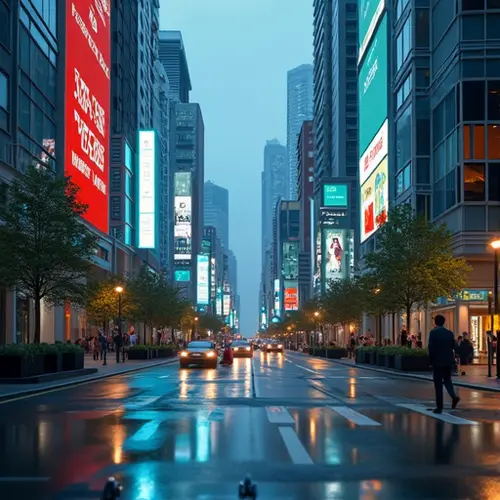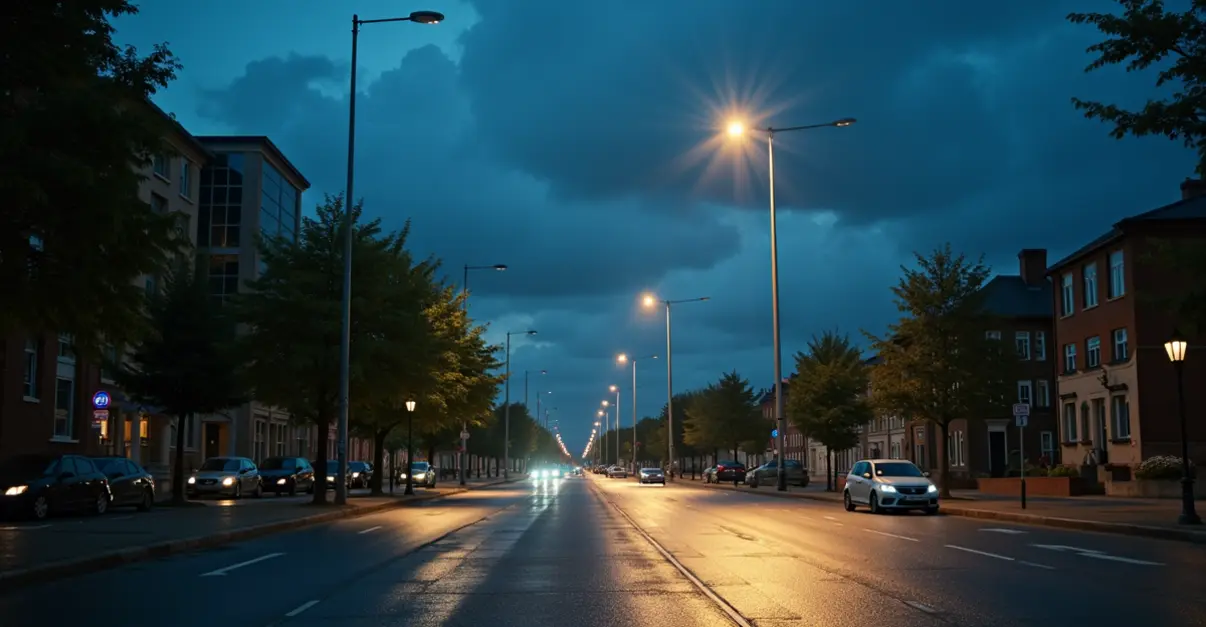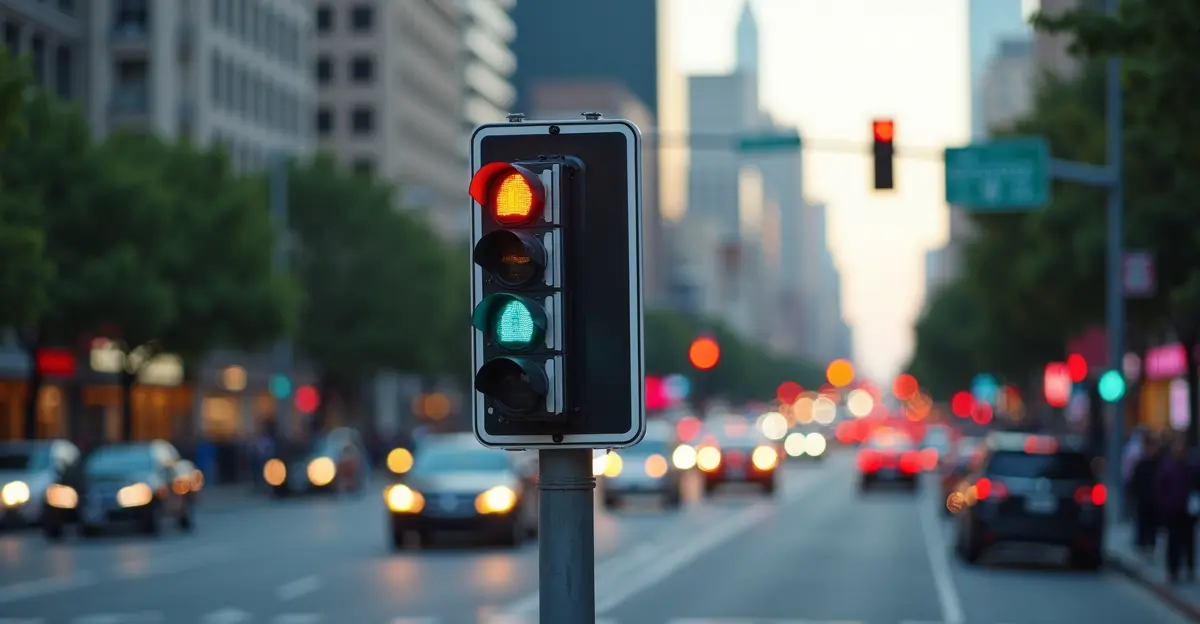Smart cities powered by AI, IoT, and automation will transform urban living by 2035 through optimized transportation, energy efficiency, responsive public services, and data-driven infrastructure management, while facing privacy and equity challenges.

The Smart City Revolution
Imagine your commute adjusting traffic lights in real-time to prevent congestion, waste bins signaling when they need emptying, and energy grids balancing supply based on predictive weather data. This isn't science fiction – it's the rapidly approaching reality of smart cities powered by AI, IoT, and automation. By 2035, urban environments will fundamentally transform how we live, work, and interact.
Core Technologies Driving Change
Three technologies form the backbone of this urban evolution:
- AI & Machine Learning: Analyzing massive datasets to optimize everything from energy distribution to emergency response times
- IoT Sensors: Creating interconnected networks monitoring air quality, traffic flow, infrastructure health, and resource usage
- Automation Systems: Enabling real-time adjustments to public services without human intervention
Real-World Transformations
Current pilot projects offer glimpses of our urban future:
Energy & Sustainability
In Zhejiang Province, China, over 1 million EV charging stations demonstrate how infrastructure adapts to green transportation. AI-powered grids now predict energy demand with 95% accuracy, reducing waste by 31% according to IBM research.
Mobility Revolution
Chattanooga's air quality monitoring network provides real-time pollution data to healthcare providers. Autonomous shuttles in Helsinki have reduced traffic fatalities by 40% while cutting commute times.
Resource Management
Saudi Aramco's A'amer platform showcases what's possible: saving 1.7 billion gallons of water annually through predictive maintenance and automated systems. Similar projects globally report 20-40% efficiency gains in utilities.
Daily Life in 2035: A Preview
Your Morning Routine
Your AI home assistant coordinates with municipal systems: suggesting optimal departure times based on real-time traffic, adjusting home energy use during peak pricing periods, and even rerouting your walk to avoid construction or poor air quality zones.
Public Services Reimagined
Waste collection occurs only when sensors indicate full bins. Parking spots broadcast availability to your vehicle. Public safety systems detect anomalies through distributed camera networks, dispatching help before emergencies escalate.
The Work Experience
Smart offices automatically adjust lighting, temperature, and workspace configurations based on occupancy and employee preferences. Commutes become productive time in autonomous vehicles with seamless connectivity.
Challenges & Considerations
While promising, smart cities face significant hurdles:
- Privacy Concerns: Balancing data collection with civil liberties remains contentious
- Infrastructure Costs: Retrofitting existing cities requires massive investment
- Digital Divide: Ensuring equitable access to technology-driven services
- Security Risks: Protecting interconnected systems from cyber threats
As Barcelona's Smart City Expo World Congress highlights, successful implementation requires collaboration between governments, tech companies, and citizens. The future isn't just about technology – it's about building urban ecosystems that prioritize human wellbeing while harnessing innovation.

 Nederlands
Nederlands
 English
English
 Français
Français
 Deutsch
Deutsch
 Español
Español
 Português
Português









